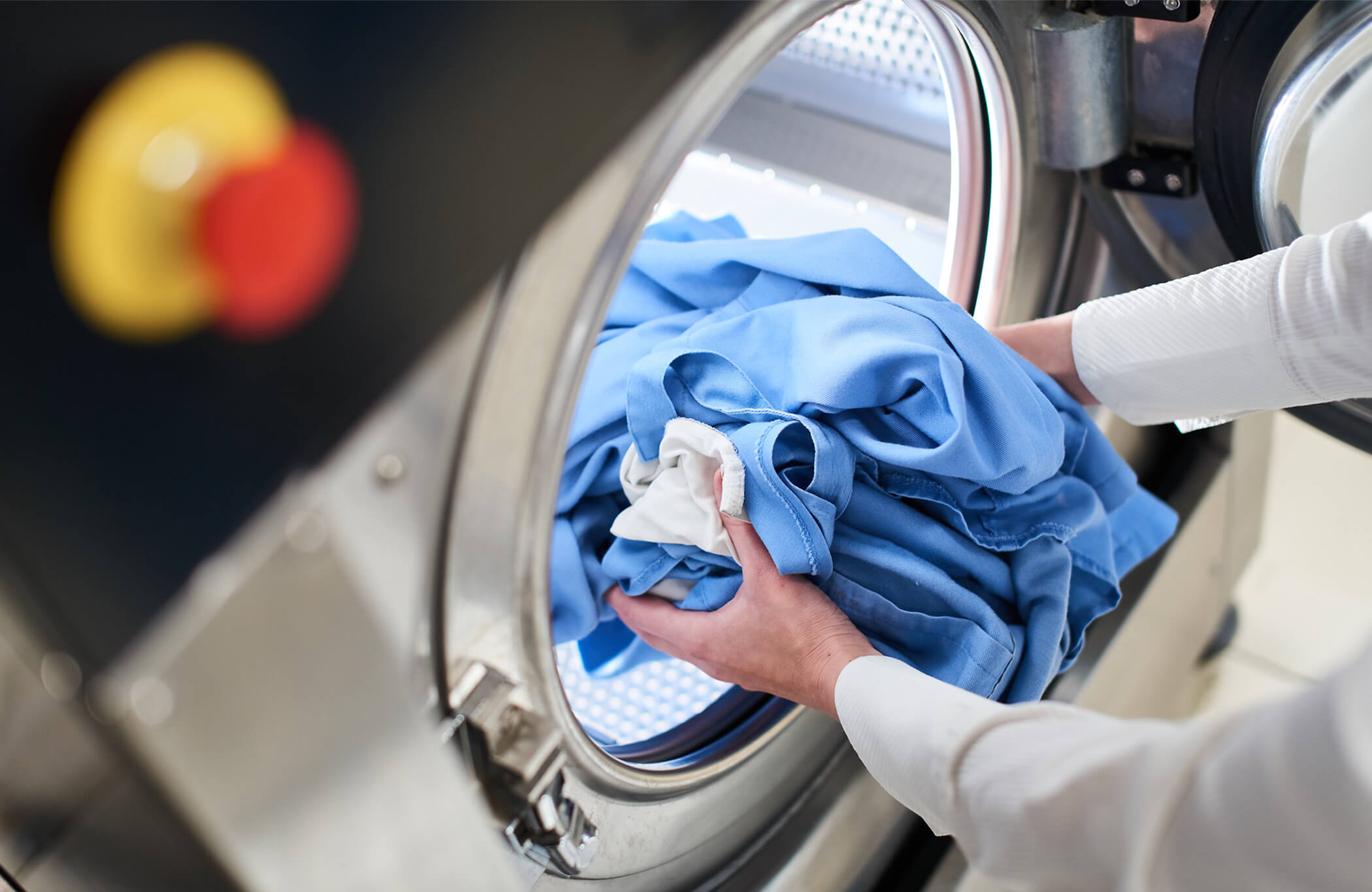
Also, if you have hard water (well water), the bleach can possibly make the blood stain worse. Use very cautiously since:Ī) bleach can definitely lift the color from a fabric andī) bleach weakens fabric fibers when used full-strength.įollow the directions carefully on the bleach container. → Chlorine bleach can be used on blood stains. It works like a charm to completely remove the stain. → If you have a washing machine that has a ‘Steam Treat’ cycle, set it on this cycle for blood stain removal. Make sure the stained area is in direct sunlight for optimum results. As I’ve said a million times, the sun has wonderful stain-removing properties especially with protein-based stains like blood. → If at all possible, dry your clothes in the sunshine. You might have to wash it in the machine several times before the stain is removed to your satisfaction.īut don’t give up too early – most blood stains can be removed even if they are old and dried.Ī Few More Notes to Help Remove Blood Stains It bears repeating that wet clothes will fool you! The only sure way to know that the stain is removed is by allowing it to hang dry and then assess the results. After doing The Soak, launder your garment as you usually would in cool or warm water.I’ve written detailed instructions with pictures for The Soak so click on over if you need to use this method. It’s not hard, but it is a little time consuming. The Soak involves soaking your clothing item in Oxi Clean (or another enzyme-based cleaner) for a length of time. After you’ve saturated the stain in cold running water, you’ll need to do The Soak.If you pick at the fabric, you might break the fibers which would put a hole in your garment. If there is a significant portion of dried blood trapped in the fabric, it will be removed either under the running water or in the next step. This will help lift up the fibers of the fabric, and allow the stain to more readily come out. Agitate the fabric gently with your finger while holding the item under cold, running water. Drench the stain with water as you would do with fresh blood.Read more here: Laundry Basics: Choosing the Water Temperatureĭried blood can be a little harder to remove, but it is definitely possible. You can leave the stain in water for 10-12 hours, but not much longer. Why cold water? Cold water will prevent the stain from setting in until you are able to launder it. If you dry it in the dryer it will set the remaining stain in, so always hang dry. The only real way to know if the stain is completely removed is when the clothing item is dry. When an item is wet, it will fool you into looking as if the stain has completely disappeared. There is no need to use any other detergents or laundry additives when soaking. Use only cold water in the bucket or pan.

If you are unable to wash immediately, leave it to soak in a panful of cold water.Enzyme cleaners are exceptional at removing protein-based stains. Also use a scoop of Oxi Clean or other enzyme cleaner in the wash cycle.

Wash the garment on the setting you usually would using cool or warm water.

★ If you do use heat in any form (wet or dry) you will never be able to remove the stain in all likelihood. ★ Since blood is protein-based, its worst enemy is heat.ĭon’t iron the stain until it is removed to your satisfaction. ★ Thankfully, blood is a protein-based stain and these seem to be on the easier end of stain removal.

Here are some helpful things to know about blood before you get started in trying to remove it from your favorite outfit. Note: this method of removing blood stains works on most fabrics including cottons, blends, polyesters and acetates. You can revive your favorite shirt with this step by step guide to remove blood stains – fresh or dried. Whether you accidentally cut yourself in the kitchen or your child brushes his freshly scraped knee on you, the results are the same: a ruined outfit. We’ve all had it happen: you’re wearing your brand new beautiful shirt and you somehow get blood on it.


 0 kommentar(er)
0 kommentar(er)
